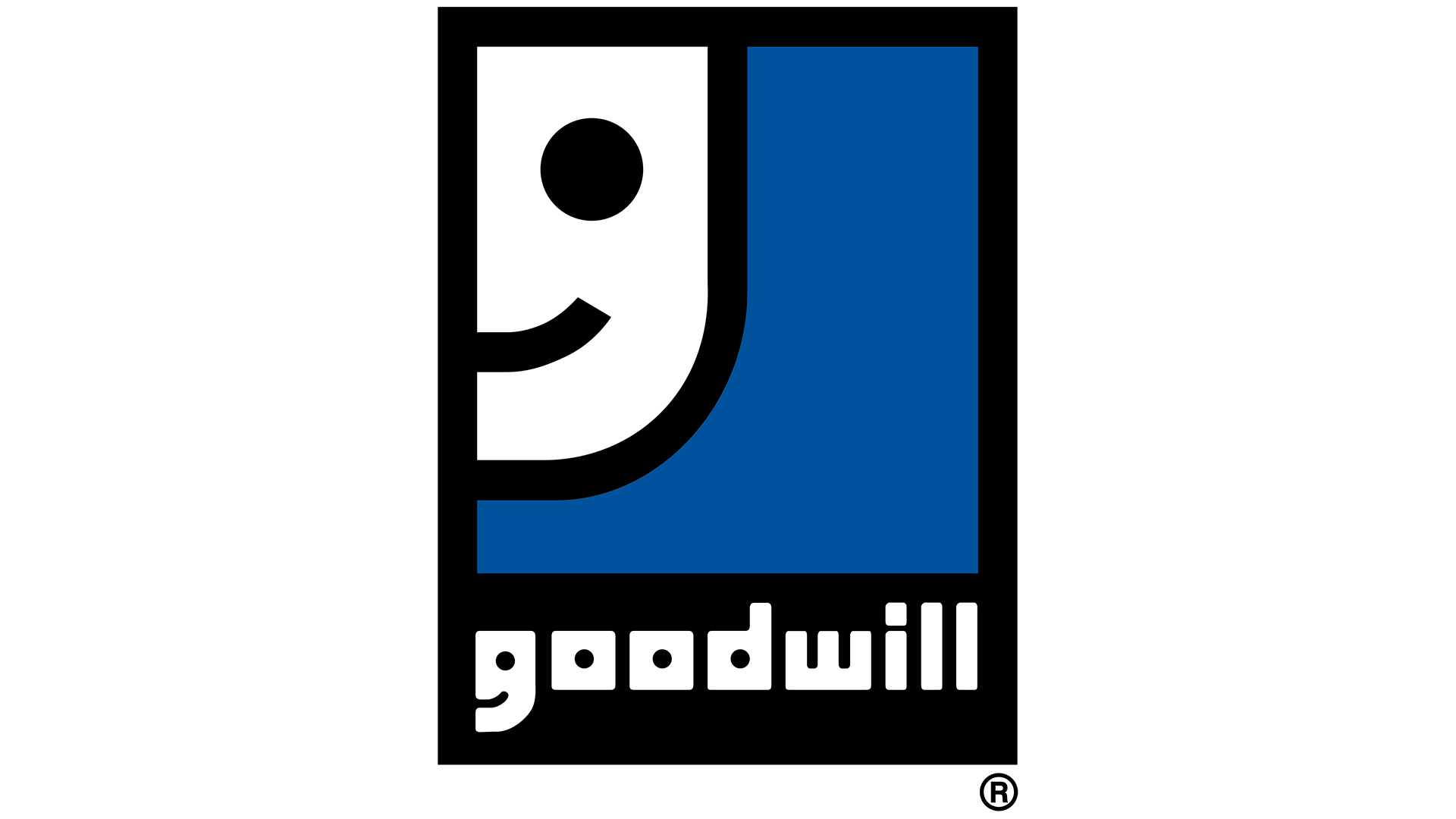If you’ve bought anything from a store, chances are packaging played a role in helping you make that selection. Bright and colorful, packaging is a great way for retailers to provide key information about a product, especially when trained sales personnel are not available.
Once packaging is discarded, however, that information is lost or may not be immediately available. How do manufacturers keep that in front of customers so that they can get the most of their new product – safely and with satisfaction?
On-product labels are one way. Printed, stamped or molded, on-product labels offer numerous benefits:
- Make information accessible and convenient by putting it where customers are most likely to want or need it, eliminating the need to search online or hunt for product instructions.
- Can replace and/or supplement online information or product instructions, especially if the topic is very focused
- Help prevent property damage due to improper assembly or use.
- Help ensure personal safety throughout initial setup or ongoing usage.
- Help customers learn about their product, whether general usage or troubleshooting.
- Boost customer engagement and satisfaction through increased interaction with the product.
- Reduce support calls by providing information customers need to use their new product successfully.
- Reduce product returns by giving customers the information they need to set up and use a product properly.
Labeling with purpose
On-product labels usually serve one of three purposes:
Marketing
These labels promote or reiterate a feature or benefit, such as technology or materials, that may not be immediately visible. Others might alert consumers to accessories or other products that are part of a set (think about a stove cling that tells customers about a matching microwave or fitness tracker sticker that promotes related accessories).

Instructional/Informational
These labels tell or show consumers how to get the most out of their new product. Many are often permanent, so customers always have easy access to useful information. Instructional labels might explain how to perform specific tasks or explain how features, such as ports or buttons, work (think about a microwave label that functions as a cheat sheet for menu options). Other labels might include a serial number or tech support number to assist customers with product registration, getting help or ordering parts.

Safety
Like instructional or informational labels, safety labels are often permanent. They are designed to protect property and/or people as they transport, assemble or use a product. They caution or warn users about potential risks and hazards like electric shock (hair dryers, curling irons, radios, etc.). Others remind customers to lift a heavy product with another person (large appliances, TVs) or caution them about proper assembly (wall mounts, furniture).

Made to order
Effective on-product labels are customized for a product and can take most any shape – rectangular, circular or custom die-cut to fit in and around buttons, ports and more. They come in materials such as paper, plastic, vinyl or metal. Some are attached with adhesive or static cling. Others might be printed, stamped or molded directly to the product.
Labels come with or without words. Wordless labels are visual, can provide useful information in a limited space and reduce the need for translations. Labels with words only can be more explicit but may require translation. Lacking an image, they may be overlooked. Labels with words and image can be more descriptive and provide context that other varieties cannot. The right style depends on need.
Small but powerful
Product labels can be small. By necessity, they are sometimes more utilitarian than artsy. Done right, they take time and money to design and develop. Customer-obsessed retailers, however, understand and recognize that, created with thought and executed with care, product labels can enhance customer experience and, ultimately, strengthen brand loyalty.
Not sure if a label is right for your product or even how to create it? Our team of communications experts can help. Contact us today.











